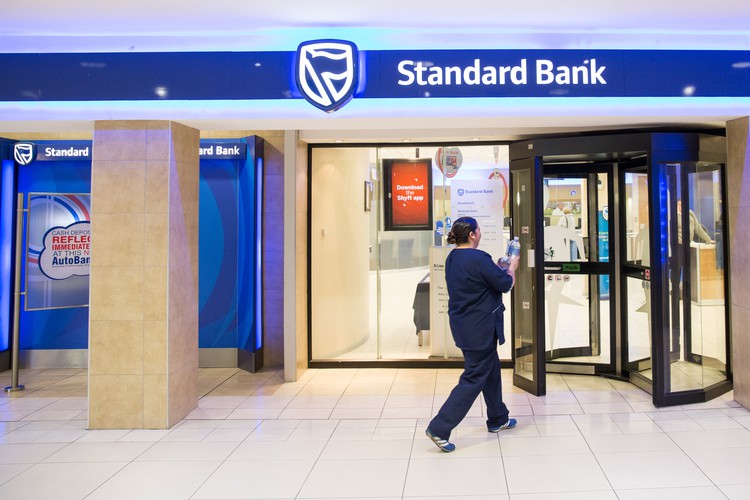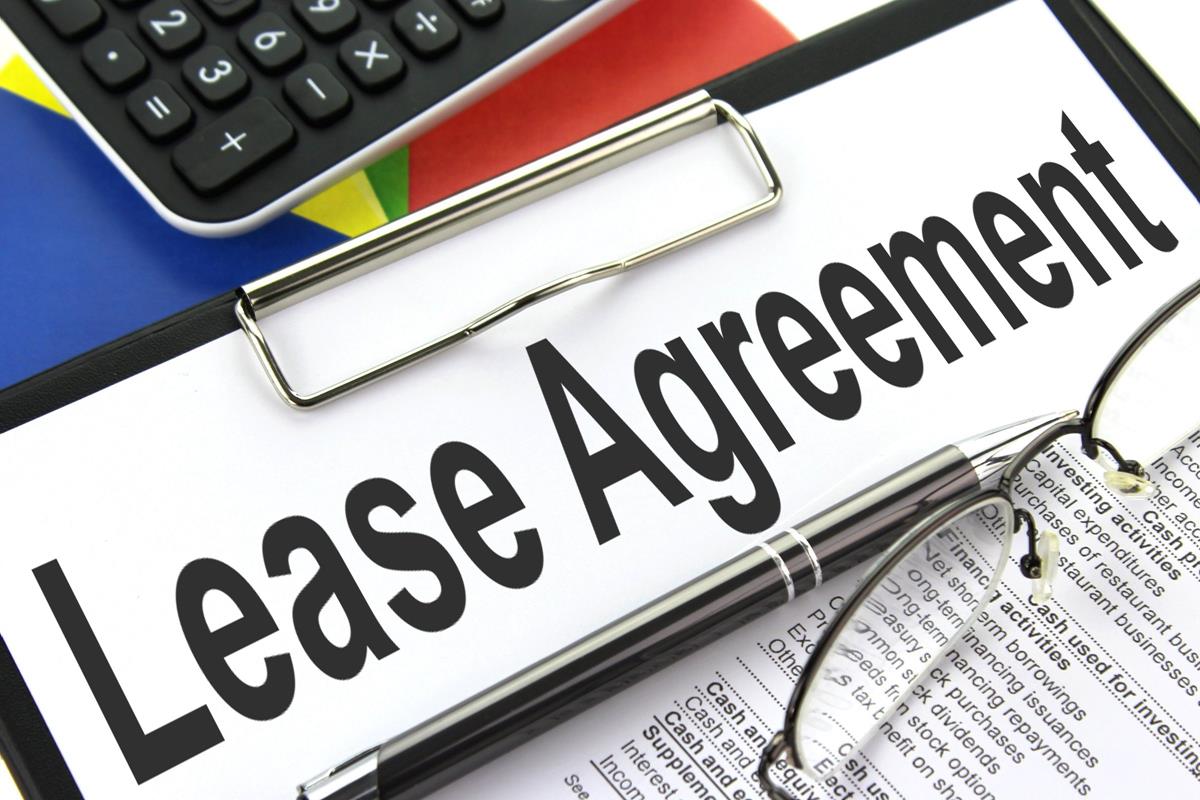
Signing a lease agreement is a significant commitment, one that legally binds you to the terms and conditions of a rental property. It’s a pivotal step, whether you’re moving into your first apartment or your fifth, and the details within that contract profoundly affect your finances, comfort, and legal rights. Many people, accustomed to quickly clicking ‘agree’ on digital terms, often skim through the fine print, but this habit can lead to substantial problems down the road.
Your lease is a legally binding document that isn’t exactly a fun or quick read, but taking the time to understand every clause is crucial. Once you sign it, you have agreed to all of its terms, and you can’t go back later to dispute a clause. This diligence is especially important if you’re renting from a private landlord, who may not be fully aware of all state landlord-tenant laws and might inadvertently include suspect clauses. For instance, while lease agreements in large apartment communities are often standard and legally compliant, they still warrant a thorough review.
Missing a crucial red flag can land you in an unsuitable, or even hazardous, situation, hurting your wallet and risking your personal information. Identifying these warning signs before you put pen to paper is the best way to protect yourself. By empowering yourself with knowledge, you can approach the signing process with confidence and secure a tenancy that truly works for you. Here are seven critical red flags you must watch out for in a lease agreement.
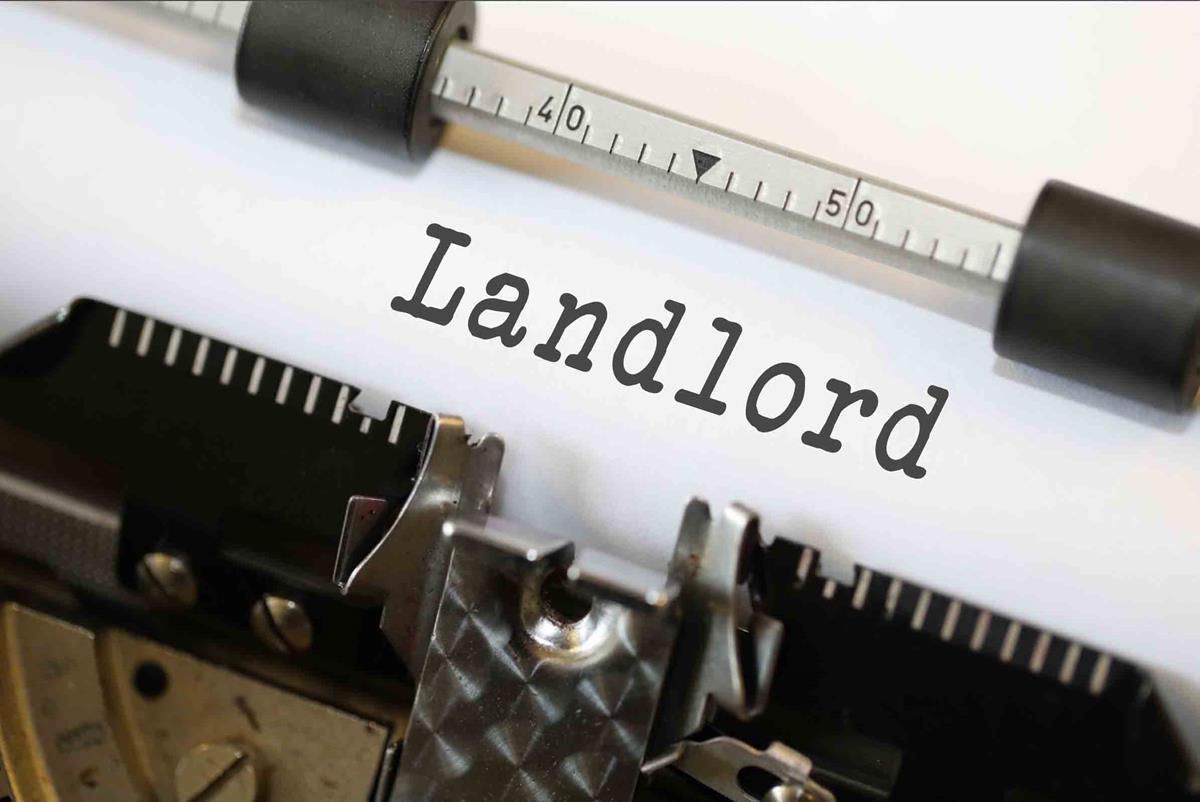
1. **Unreasonable Landlord Right of Entry**One of the most immediate red flags you might encounter is a clause that grants the landlord unlimited access to your rental unit. While it’s common and necessary for a lease to include a “right of entry” clause, this right is not absolute and should always be exercised with appropriate notice. A statement like “The landlord rightfully has full and complete access into the tenant’s apartment at any time” is a major red flag that undermines your right to privacy and peaceful enjoyment of your home.
Landlords typically have the right to enter your home for specific, appropriately necessary cases. These include emergencies, such as a fire or flood, performing repairs or updates to the apartment, or showing the apartment to prospective tenants or investors when your lease is ending. However, outside of an emergency, landlords are generally required to provide you with written notice before entering. This notice period is usually 24 to 48 hours, though it can vary by state or locality.
If your lease agreement fails to specify a reasonable notice period or, worse, asserts that the landlord can enter at any time without notice, it’s a direct challenge to your tenant rights. This type of clause is often illegal and unenforceable, but its presence signals a potential disregard for tenant privacy. It is imperative to review this clause carefully and, if it seems unreasonable, to discuss it with the landlord or seek advice from a tenant rights group.
Your home is your sanctuary, and a landlord’s entry should respect your privacy. Ensure the lease clearly states the conditions under which a landlord is permitted to enter your unit, how much notice they must give, and that it adheres to your local laws. Don’t sign a lease that leaves your privacy unprotected or makes your home feel less like your own due to constant potential intrusions.
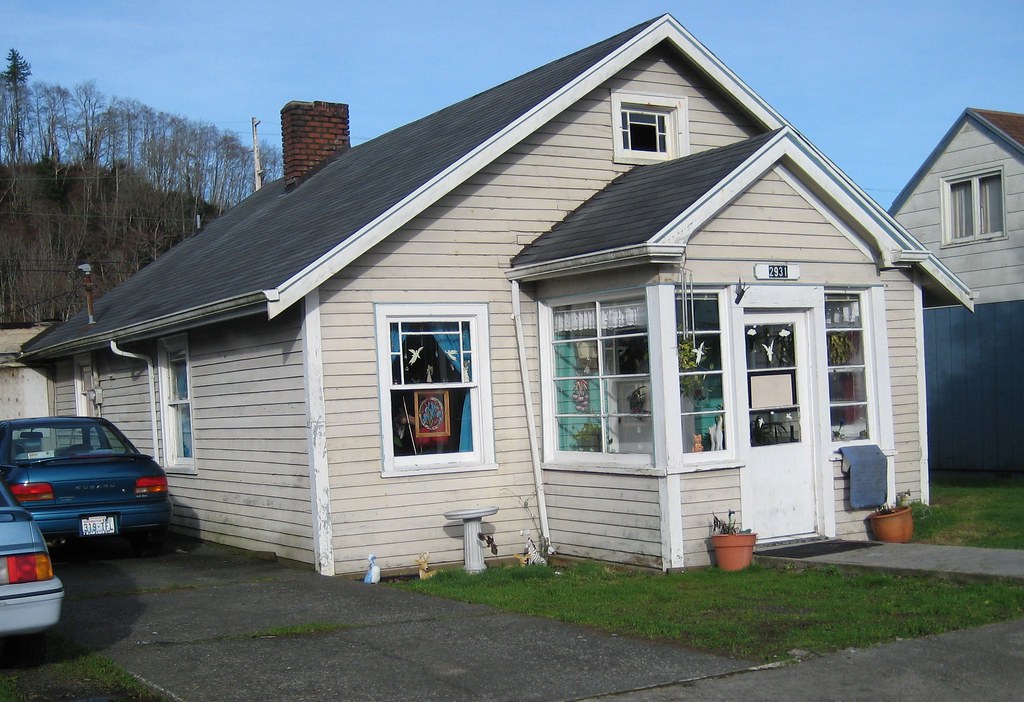
2. **Excessive or Daily Late Fees**Another clause that warrants extremely close scrutiny involves late fees for rent payments. While it’s reasonable for landlords to charge a fee for overdue rent to incentivize timely payments, some lease agreements contain excessively high or compounding late fees that are designed to be punitive rather than compensatory. A clause stating, “If tenant fails to pay rent on time, a 12% late fee will be added to the balance every day until the payment is fulfilled,” is a significant red flag.
Most states regulate how much landlords can charge for late fees, typically finding a charge of 3-5% of the monthly rent to be reasonable. Some states might allow up to 10%, or a flat fee between $25 and $100. A daily compounding fee, especially one as high as 12%, can quickly snowball into an unmanageable amount, making it incredibly difficult for a tenant to catch up if they face a temporary financial setback. This kind of clause can trap tenants in a cycle of debt.
It’s important to read your late fee clause over carefully and understand all its details. Look for a fixed grace period – the number of days after the due date before a late fee is applied. Some leases might offer three days, while others have no grace period at all. The lease should clearly specify the amount of any late charge and when it will start. If the fees seem disproportionate, unclear, or compound daily, it’s a strong indication of a predatory lease term.
Before signing, clarify the late fee policy and ensure it aligns with state laws and reasonable expectations. If the fees are excessive, don’t hesitate to negotiate or question the landlord. Protecting yourself from such onerous penalties is crucial, especially if you’re the unintentionally forgetful type, as these clauses can have a severe impact on your financial stability during your tenancy.
Read more about: Beyond the Fine Print: 14 Hidden Bank Fees Draining Your Wallet – A Consumer Reports Deep Dive for 2025

3. **Tenant Solely Responsible for All Repairs**Be extremely cautious of any lease provision that attempts to shift the entirety of repair responsibilities onto the tenant, such as, “The tenant is responsible for all repairs to the apartment.” By law, landlords have a fundamental duty to ensure a rental home is habitable. This means the property must be safe, structurally sound, and have essential utilities in working order, such as a functional water heater.
If the rental has issues that make it unlivable or unsafe, like a broken furnace in winter or a leaking roof that causes water damage, the landlord is legally required to rectify the problem immediately. This is a standard for health and safety that must be upheld. While tenants are generally responsible for keeping the place clean and letting their landlord know if something is wrong, and for minor maintenance like replacing light bulbs, being liable for all repairs goes far beyond reasonable tenant duties.
There’s a crucial distinction between issues that make a property uninhabitable and mere inconveniences. The law typically doesn’t consider minor aesthetic issues, such as re-grouting a shower due to mildew stains, a habitable offense. However, major structural components, electrical systems, plumbing, appliances provided by the landlord, and heating/cooling systems fall squarely under the landlord’s responsibility to maintain in working order.
If the lease agreement is vague or, worse, explicitly states that you are responsible for all repairs, you could end up paying for significant and costly problems that are legally the landlord’s burden. Before signing, ensure the lease clearly outlines who is responsible for what repairs and maintenance tasks. A good rental agreement spells out exactly who fixes what, from leaky faucets to broken major appliances, protecting you from unexpected financial burdens.
Read more about: Beyond the Windfall: Unmasking the Hidden Costs of Inheriting a House That Can Secretly Destroy Your Wealth

4. **Vague or Excessive Security Deposit Terms**Your security deposit is one of the largest upfront costs when moving, and its terms must be crystal clear. A clause that states, “The tenant’s security deposit will go to maintaining the integrity of the apartment,” is alarmingly vague and a significant red flag. This kind of language is missing vital details about how your money will be used and the conditions for its return, potentially putting your deposit at risk.
A proper rental agreement should explicitly state the exact amount of the security deposit, where it will be held, and, most importantly, the precise conditions under which it will be returned to you. You need to know what constitutes “integrity of the apartment” and what types of repairs, if any, could legitimately be deducted. Without clear terms, landlords might try to keep deposits for normal wear and tear or minor issues that are not your responsibility, which is illegal in many states.
Furthermore, watch out for exceptionally large security deposits that far exceed typical amounts. While a deposit usually ranges from one to two months’ rent, according to Zillow research, the typical security deposit renters reported paying in 2024 was around $750. An amount significantly higher than the going rate in your area, or one that’s much greater than the monthly rent, can be a sign of a predatory lease, posing a significant financial risk if it’s not returned.
Before signing, ensure the lease provides a detailed breakdown of the security deposit. Ask for clear terms in writing regarding what deductions can be made, the process for inspection, and the timeframe for its return. If the terms are too vague or the amount seems excessive, it’s crucial to seek clarification or advice from a tenant rights organization to avoid potentially forfeiting a substantial amount of money.
Read more about: Navigating the Rental Maze: 14 Hidden Financial Traps in Lease Agreements for Young Professionals, Students, and Families
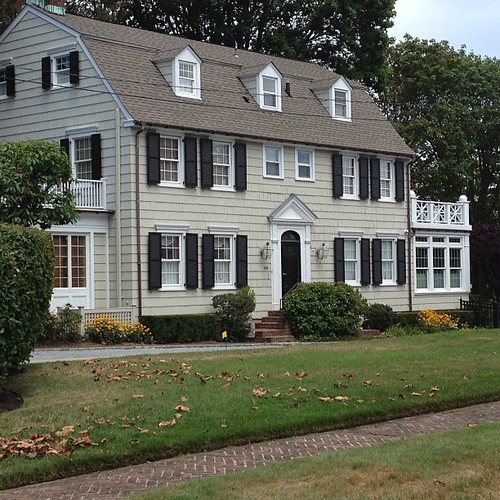
5. **Landlord’s Right to Unilaterally Change Lease Terms**One of the most concerning red flags in a lease agreement is a clause that allows the landlord to change provisions at any time during the course of the lease. A statement like, “The landlord has the right to change provisions at any time during the course of the lease,” places tenants in an incredibly vulnerable position, as it undermines the stability and predictability that a lease agreement is meant to provide.
Imagine agreeing to a lease with a specified grace period for rent or certain rules about pet ownership, only for the landlord to unilaterally change these terms midway through your tenancy. This could mean a 4-day grace period suddenly disappears, or new, unexpected fees are introduced without your consent. Such a clause effectively means that the agreed-upon contract is not truly binding for the landlord, only for you, the tenant.
For instance, recent discussions about potential changes to housing legislation, such as proposals to alter lease expiry rules in Ontario, highlight the severe impact when landlords gain more power to adjust rental arrangements based on “market conditions, personal needs or business strategies.” While these discussions are about broader policy, their intent mirrors the danger of a lease clause that gives a landlord unilateral amendment power, threatening tenant protections like “security of tenure” which allows tenants to remain as long as they follow the lease.
It is absolutely essential that the lease agreement includes enforced restrictions on the landlord’s ability to change lease terms. The terms you sign should be the terms that govern your entire tenancy, providing you with stability and legal protection. If you encounter a clause that permits the landlord to modify the lease unilaterally, consider it a serious red flag and insist on its removal or clarification before you commit.

6. **Landlord Attempting to Waive All Liability for Damages**Another critical red flag to watch out for is any clause attempting to absolve the landlord of all responsibility for damages sustained to the apartment, such as, “The landlord cannot be held liable for any damages sustained to the apartment.” This type of provision often contradicts fundamental landlord-tenant laws that require landlords to ensure a habitable living environment.
A landlord is legally obligated to maintain the rental home in a condition fit for tenants. If the property becomes uninhabitable due to issues beyond your control – for instance, structural failures, major plumbing bursts, or unaddressed hazards – the landlord must make necessary repairs. While you would be responsible for damages you directly caused, a clause waiving all landlord liability is an attempt to bypass their legal duties and shift undue burden onto you.
Such clauses are frequently considered illegal or unenforceable by state laws. Rental agreements cannot legally force tenants to waive their right to sue the landlord for negligence or make them responsible for repairs that are clearly the landlord’s duty to maintain habitability. These “illegal clauses” are not enforceable, but their presence in a lease can still cause significant trouble and confusion if you don’t identify them early.
If you come across language that attempts to completely absolve the landlord of all liability, especially for issues related to the property’s habitability or maintenance, it should raise a serious alarm. It’s a strong indicator that the landlord may be trying to shirk their legal responsibilities. Always consult your state’s landlord-tenant laws or seek legal advice if you suspect a clause is illegal or unfair, protecting yourself from potential disputes and financial liabilities.

7. **Below-Market Rent (Scam Indicator)**Sometimes, a red flag isn’t hidden in the fine print but shines brightly in the initial offering: rent that seems too good to be true. If you encounter a rental listing for an apartment or single-family home where the monthly rent is significantly below the average for similar properties in the area – for example, half the typical $2,000 rent – proceed with extreme caution. This can be a primary indicator of a scam designed to prey on eager renters.
This red flag is particularly prevalent and dangerous if you are conducting a long-distance search and haven’t had the opportunity to see the home in person. Scammers often leverage the urgency of moving deadlines or the inability to conduct an in-person viewing to rush prospective tenants into signing a lease or, more commonly, sending money before verifying the legitimacy of the property or the landlord. While saving money on rent is desirable, falling for such a scam can lead to significant financial loss and a devastating realization that the property doesn’t exist or isn’t available.
These situations are engineered to hurt your wallet, put your personal information at risk, or land you in a place that is unsuitable, or even hazardous, without any recourse. The allure of a great deal can blind you to underlying dangers. It’s crucial to remember that legitimate landlords typically price their rentals competitively based on market conditions, and a drastically lower price without a clear, justifiable reason is highly suspicious.
Before you commit to anything, especially if the rent is suspiciously low, always verify the listing and the landlord’s identity. Insist on an in-person tour, or if that’s impossible, use reputable rental platforms that offer virtual tours and verification tools. Never send money or sign a lease without thoroughly investigating a deal that seems too good to be true, as it almost always is.
Moving into a new rental isn’t just about the initial paperwork; it’s about setting the stage for a healthy, stable tenancy. Once you’ve navigated the immediate clauses and property conditions, your attention must turn to the ongoing relational and policy red flags that can deeply impact your daily life, long-term stability, and personal rights. These are the details that dictate how you truly live in your new home and interact with your landlord over time.
Securing a comfortable and protected living situation means understanding the full scope of your agreement, from landlord responsiveness to how you can truly personalize your space. Don’t let the excitement of a new place distract you from these crucial aspects. Here are seven more red flags to scrutinize, ensuring your tenancy is as smooth and secure as possible.

8. **High Tenant Turnover**When you’re eyeing a building, take a moment to observe its online presence. Have you noticed a frequent churn of available units, with multiple openings appearing regularly? While some areas naturally have a higher short-term rental market, consistently high tenant turnover can signal deeper issues within the building or with its management.
This isn’t just about units becoming vacant; it’s a potential indicator that tenants aren’t happy. A high turnover rate might suggest problems with the property’s maintenance, unreasonable rules, unresolved disputes, or a generally unpleasant living environment that causes residents to pack up prematurely. It can indicate a lack of long-term stability in the community.
Before committing, consider doing a bit of reconnaissance. If possible, chat with current residents or those who are moving out. Their insights can be invaluable, offering firsthand accounts of their experiences with the landlord, property management, and overall living conditions. This direct feedback can help you gauge the true nature of the tenancy beyond the glossy listing photos.
Read more about: The Paradox of Empty Homes: Unpacking the Complex Reasons Investors Withhold Properties Amidst a Housing Crisis

9. **An Unreachable Landlord**Effective communication is the cornerstone of any successful landlord-tenant relationship. If you find yourself struggling to get a prospective property manager or landlord on the phone, receiving delayed email responses, or facing constant cancellations before you even sign the lease, consider this a significant red flag. This pattern could very well foreshadow how your calls will be handled after you’ve moved in.
An unresponsive landlord can turn minor maintenance issues into major headaches and make it nearly impossible to address urgent concerns. Imagine a burst pipe or a broken heating system, only to be met with radio silence. Such a lack of communication can quickly erode your peace of mind and significantly impact your quality of life in the rental.
Before you commit, observe their responsiveness closely. If they are consistently difficult to reach, it might be time to reconsider. Furthermore, ensure the lease agreement explicitly includes the landlord’s full name and reliable contact information. Having this in writing provides a clear channel for communication and a way to hold them accountable should issues arise later.
Read more about: Caught in the Current: How a Global Housing Squeeze Is Reshaping Dreams, From Abuja to Atlanta

10. **Signs of Neglect or Unaddressed Property Condition Issues**While Section 1 touched on repair responsibilities, this red flag focuses on the initial, observable condition of the property itself. Before you put pen to paper, conduct a thorough inspection that goes beyond surface aesthetics. Look for concrete signs of neglect or persistent, unaddressed issues that could impact your health, safety, and comfort from day one.
Pay careful attention to structural components like walls, ceilings, windows, doors, and floors for any visible damage or water stains. Test electrical fixtures and switches, security alarms, and all plumbing (bathtubs, showers, toilets, sinks) to ensure they are fully functional. Don’t forget to inspect landlord-provided appliances such as the refrigerator, stove, oven, dishwasher, washer, and dryer. Crucially, check mechanical systems like the water heater, smoke detectors, thermostat, and heating/cooling systems. Don’t be shy about turning on water or lights to confirm everything works as expected.
Bringing a rental walkthrough checklist can help you systematically cover all essential areas and document any existing damage. This creates a baseline for the property’s condition and protects you from being blamed for pre-existing issues when you move out. Take photos or videos of anything questionable to have concrete evidence.
If, during your inspection, you spot something concerning—perhaps a large crack, a persistent leak, or signs of mold—raise it with the landlord or property manager immediately. Their response is telling. If they acknowledge the problem and commit to fixing it in writing before you move in, that’s a good sign. However, if they avoid the subject, downplay the issue, or “dance around” providing a clear solution, it’s a strong indication that these problems might remain unaddressed, potentially making your new home an uncomfortable or even hazardous place to live.
Read more about: Unmasking the Top Curb Appeal Mistakes: How to Protect Your Home’s Value and Attract Buyers
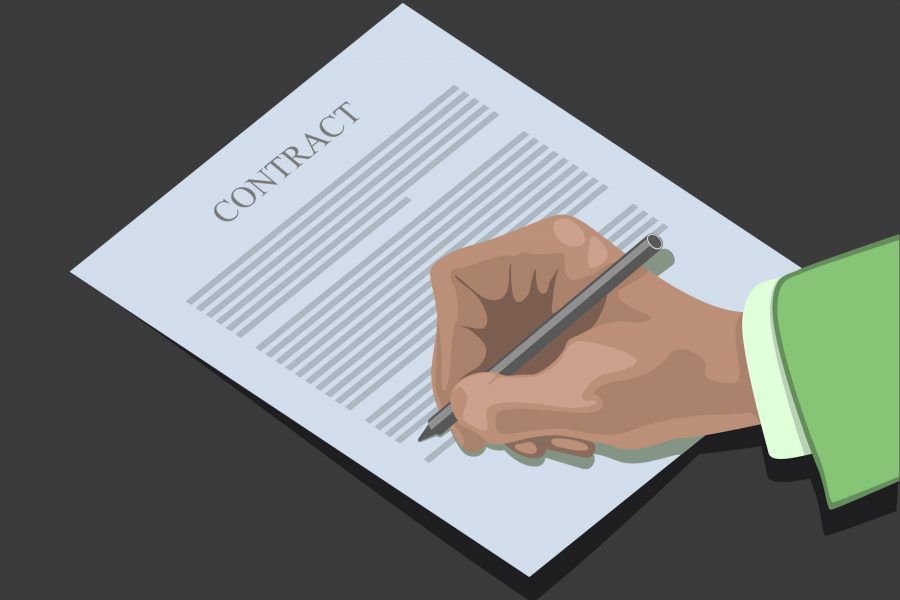
11. **Automatic Lease Renewal Clauses**A common feature in many residential leases is an automatic renewal clause, which can be a double-edged sword if you’re not careful. These clauses dictate that your lease will automatically extend for another term—often another year—unless you provide written notice of your intent to vacate by a specific deadline, usually one or two months before the current lease expires.
The primary pitfall here is missing that crucial notice period. If you plan to move out at the end of your original lease term but forget to submit your notice on time, you could find yourself legally bound to another full term. This can severely restrict your flexibility, forcing you to pay rent on a place you no longer wish to occupy or face hefty early termination penalties.
Always check for these clauses in the lease agreement and, if present, immediately mark the required notice date on your calendar. If you prefer not to have an automatic renewal, you might be able to negotiate its removal, or at least ensure you are well-prepared to provide timely notice if your plans change. Understanding this clause empowers you to maintain control over your long-term living arrangements and avoid unwanted commitments.
Read more about: Navigating the Rental Maze: 14 Hidden Financial Traps in Lease Agreements for Young Professionals, Students, and Families
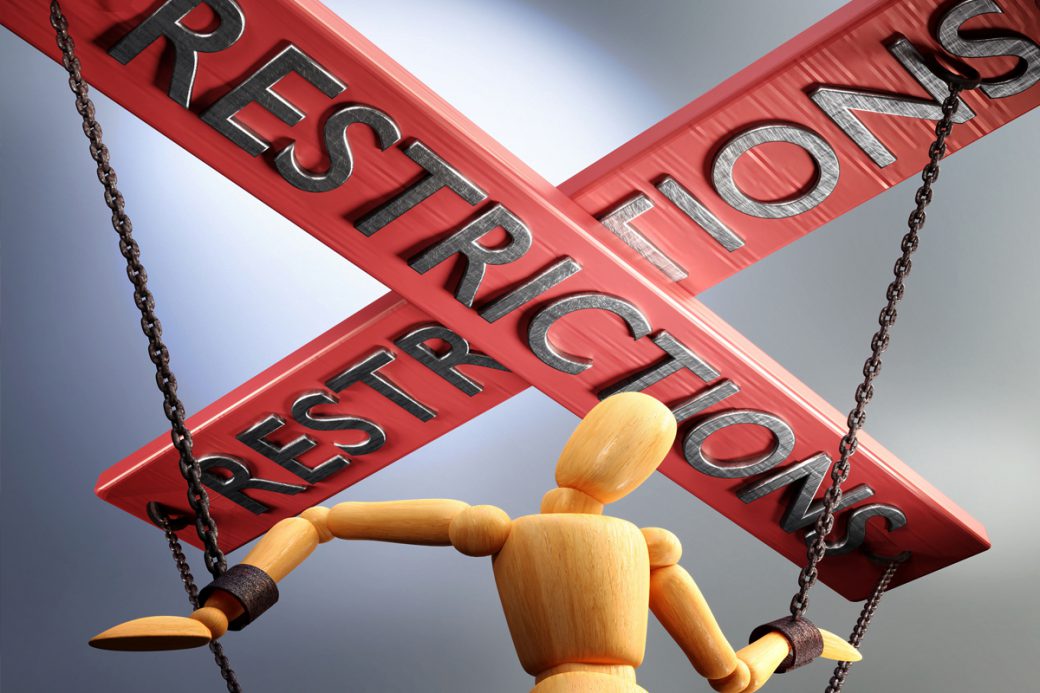
12. **Restrictions on Guests or Overnight Visitors**Your rental unit is your home, and naturally, you’ll want to have guests over. Most leases allow this, but the line between a welcome guest and an undeclared roommate can sometimes be blurry for landlords. Many agreements include specific guest policies designed to clarify this distinction, which can sometimes veer into overly restrictive territory.
It’s common for a lease to limit the duration of a guest’s stay, perhaps to no more than 10 days within any six-month period, or a certain number of consecutive nights. These rules are usually intended to prevent unauthorized occupants or the strain on utilities and common areas that a long-term guest might incur. However, overly strict limitations can feel intrusive and diminish your enjoyment of your own space.
If the agreement states that you cannot have overnight guests at all, or severely restricts visits to just a few days a month without prior approval, it’s a red flag that could significantly impact your personal life. Such clauses can make your home feel less like your own and more like a hotel with strict rules. Always review these policies carefully to ensure they align with your lifestyle and expectations for your privacy and freedom.
Read more about: Cruise Industry Faces Global Headwinds Amidst Local Opposition and Changing Strategies
13. **Vague or Missing Pet Policies**For animal lovers, a pet policy can be a deal-breaker. If you have a furry, scaled, or feathered friend, or plan to get one, the lease’s pet policy is paramount. Trying to sneak a pet into a rental with a ‘no pets’ policy is a recipe for disaster; pets are hard to hide, and being discovered can force you into a heartbreaking choice between your companion and your housing, often accompanied by significant financial penalties.
A good rental agreement will clearly state whether pets are allowed, any specific breed or size restrictions, and any associated fees or additional pet rent charged each month. While many landlords are pet-friendly, they often implement these rules and charges to cover potential damage or increased wear and tear. A clear policy ensures transparency and avoids future disputes.
A significant red flag is a lease that is either vague or completely silent on pets. This ambiguity can lead to problems down the line, as it leaves the interpretation open and potentially at the landlord’s discretion once you’ve moved in. If pets aren’t explicitly mentioned, or if the terms are unclear, seek clarification in writing before you sign. Ensure that any verbal agreements about your pet are formally added to the lease.
Read more about: Financiers Look Closely: 10 Critical Lease Traps Consumers Must Understand Before Signing
14. **No Subletting or Early Termination Options**Life is unpredictable, and sometimes circumstances change, necessitating a move before your lease term ends. If your rental agreement strictly prohibits subletting or lacks any provisions for early termination, you could find yourself in a very difficult financial position. Without these options, you might be legally responsible for paying rent for months on a property you no longer occupy.
An early termination clause, often referred to as a “lease break” clause, outlines what happens if you need to leave before your lease is up. It might stipulate an early termination fee, commonly equivalent to two months’ rent, which provides a defined financial escape route. In the absence of such a clause, you’re typically on the hook for rent until the end of the lease term or until the landlord successfully re-rents the property, whichever comes first.
Similarly, subletting allows you to have someone else take over the rental and rent payments for a period, which can be invaluable if you’re studying abroad or on an extended work trip. Many leases prohibit subletting or assigning the lease without the landlord’s explicit permission, so never assume it’s allowed. If this flexibility is important to you, look for terms that permit subletting with landlord approval or include a clear early termination option. Having these clauses in your lease provides crucial financial protection and peace of mind should your situation unexpectedly change.
Reading a rental agreement carefully is the best way to protect yourself. Don’t rush; don’t be afraid to ask questions or request changes. If you spot any of these red flags, talk to the landlord or get advice from a tenant rights group. A good rental agreement should be clear, fair, and protect both you and the landlord. Taking the time to review the details now can save you from big problems later.



